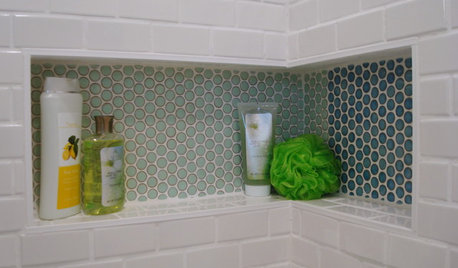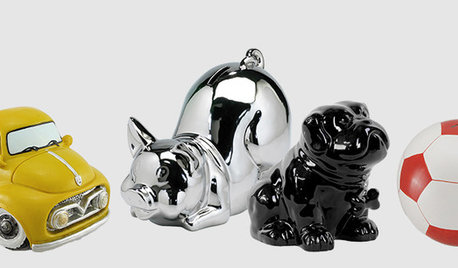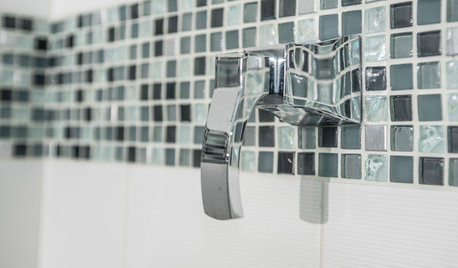pennies
average
18 years ago
Featured Answer
Sort by:Oldest
Comments (8)
tapla (mid-Michigan, USDA z5b-6a)
18 years agotapla (mid-Michigan, USDA z5b-6a)
18 years agoRelated Professionals
Belmont Landscape Architects & Landscape Designers · Benbrook Landscape Architects & Landscape Designers · Aberdeen Landscape Contractors · Clayton Landscape Contractors · Fort Payne Landscape Contractors · Lancaster Landscape Contractors · Long Beach Landscape Contractors · Soddy Daisy Landscape Contractors · Spring Landscape Contractors · Waipahu Landscape Contractors · Central Islip Window Contractors · Damascus Window Contractors · Huntington Park Window Contractors · Meridian Window Contractors · Elkridge Window Contractorscricque_comcast_net
17 years agojean001
17 years agoterran
17 years agorhizo_1 (North AL) zone 7
17 years agomeldy_nva
17 years ago
Related Stories

DIY PROJECTSReinvent It: Penny for Your Thoughts on This Antiqued Table?
Let's take it from the top. Make over a routine table with pennies and antiquing for a unique new look
Full Story
MATERIALS6 Spot-on Places to Use Penny Tiles
You’ll flip for these coin-shaped wall and floor tiles in bright colors, subtle neutrals and even clear glass
Full Story
SHOP HOUZZShop Houzz: Save Your Pennies With Style
Accessorize your room with these whimsical piggy banks
Full Story0

PINKPint-Sized Design: Olivia's Pinkalicious Kids' Room
Fall in love with a 5-year-old girl's penny-pinching pink bedroom
Full Story
TILE3 Key Steps for Grouting That Looks Its Best
Get your grout right to keep your tile beautiful and for an installation that will last
Full Story
HOUZZ TOURSHouzz Tour: Cozy and Creative Vancouver Apartment
A graphic designer pays tribute to past and present in his renovated Mount Pleasant home
Full Story
HOUZZ TOURSMy Houzz: Collecting Over Time in Canberra
Artwork, secondhand finds and collectibles mingle exuberantly in a newly bright and open Australian home
Full Story
FUN HOUZZAbraham Lincoln, the Hottest President in Home Decor?
Americans just can't get enough of revered Mr. Lincoln, it seems, with pillows, plates and art to prove it
Full Story
LIVING ROOMSA Little Something Extra for Your Fireplace
Warm up your fireplace and mantel with color, sparkle, shine — or something unexpected
Full StoryMore Discussions







gardengnomegirl